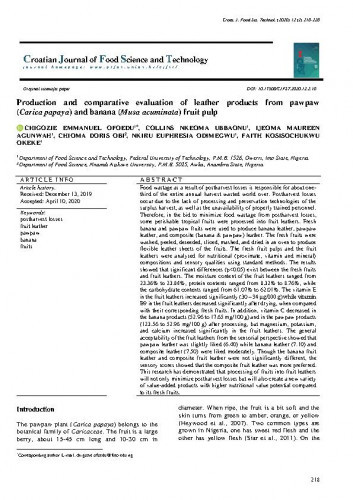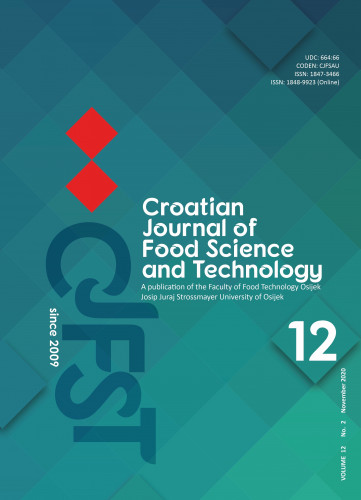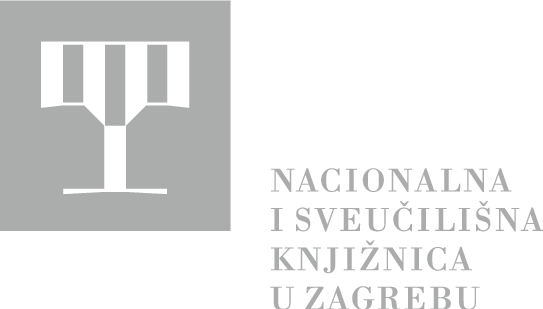Food wastage as a result of postharvest losses is responsible for about one-third of the entire annual harvest wasted world over. Postharvest losses occur due to the lack of processing and preservation technologies of the surplus harvest, as well as the unavailability of properly trained personnel. Therefore, in the bid to minimize food wastage from postharvest losses, some perishable tropical fruits were processed into fruit leathers. Fresh banana and pawpaw fruits were used to produce banana leather, pawpaw leather, and composite (banana & pawpaw) leather. The fresh fruits were washed, peeled, deseeded, sliced, mashed, and dried in an oven to produce flexible leather sheets of the fruits. The fresh fruit pulps and the fruit leathers were analysed for nutritional (proximate, vitamin and mineral) compositions and sensory qualities using standard methods. The results showed that significant differences (p<0.05) exist between the fresh fruits and fruit leathers. The moisture content of the fruit leathers ranged from 23.36% to 23.84%, protein contents ranged from 8.32% to 8.76%, while the carbohydrate contents ranged from 61.07% to 62.01%. The vitamin E in the fruit leathers increased significantly (30 – 34 µg/100 g) while vitamin B9 in the fruit leathers decreased significantly after drying, when compared with their corresponding fresh fruits. In addition, vitamin C decreased in the banana products (52.96 to 17.65 mg/100 g) and in the pawpaw products (123.56 to 52.96 mg/100 g) after processing, but magnesium, potassium, and calcium increased significantly in the fruit leathers. The general acceptability of the fruit leathers from the sensorial perspective showed that pawpaw leather was slightly liked (6.40) while banana leather (7.10) and composite leather (7.50) were liked moderately. Though the banana fruit leather and composite fruit leather were not significantly different, the sensory scores showed that the composite fruit leather was more preferred.
Sažetak

 Croatian journal of food science and technology : a publication of the Faculty of Food Technology Osijek : 12,2(2020) / editor-in-chief Jurislav Babić.
Croatian journal of food science and technology : a publication of the Faculty of Food Technology Osijek : 12,2(2020) / editor-in-chief Jurislav Babić.